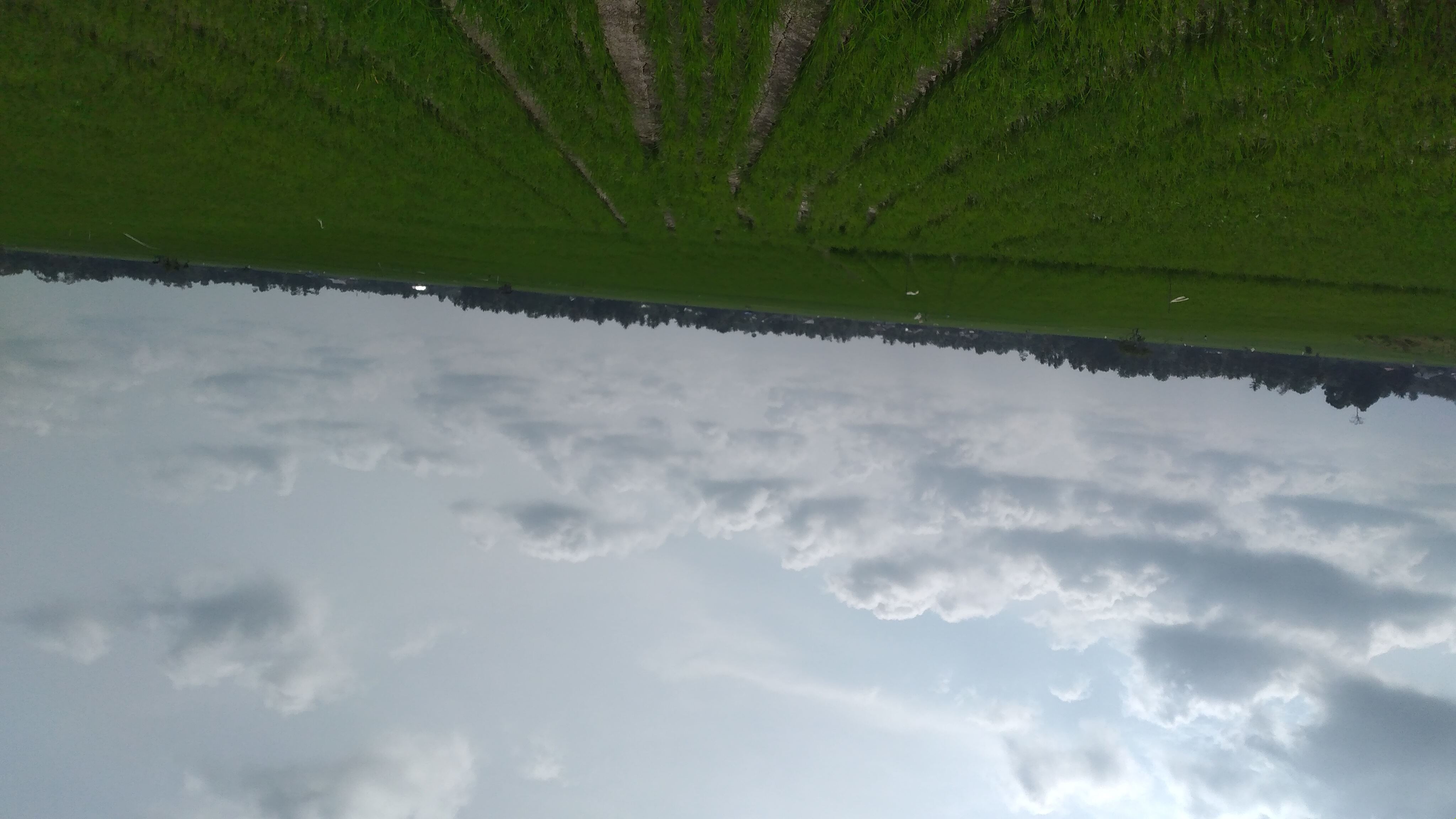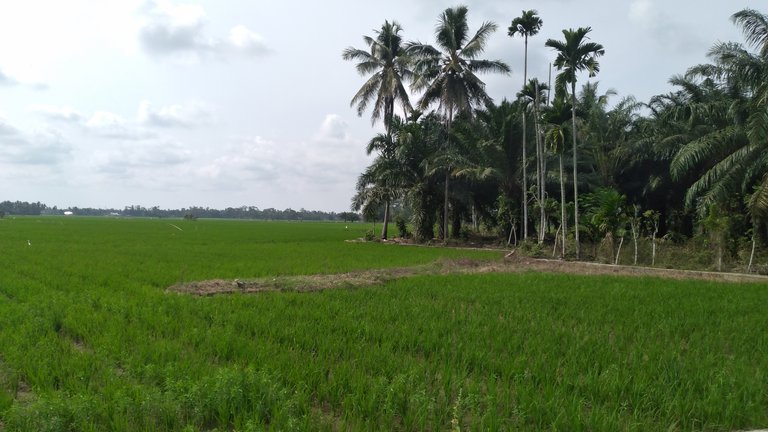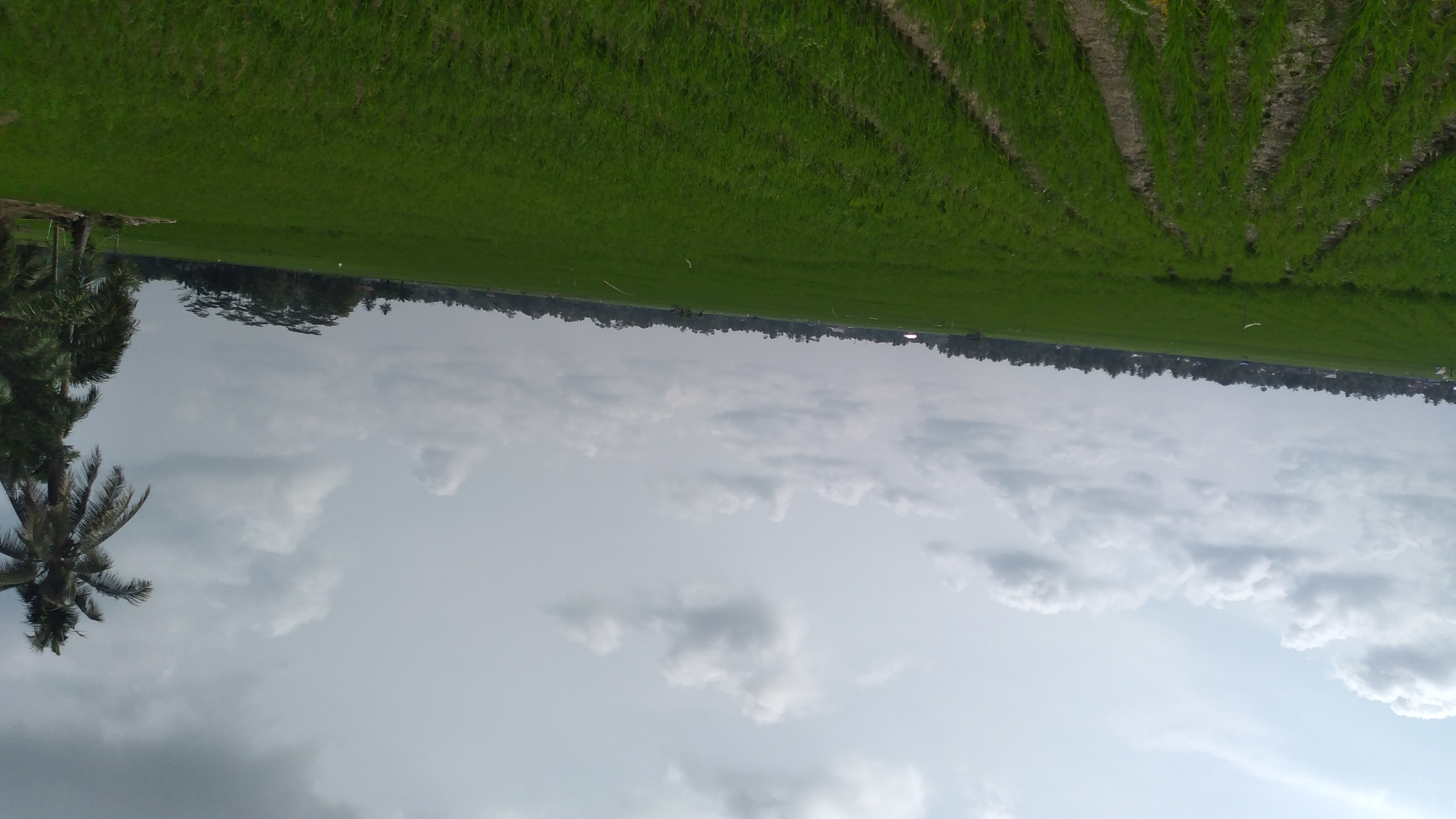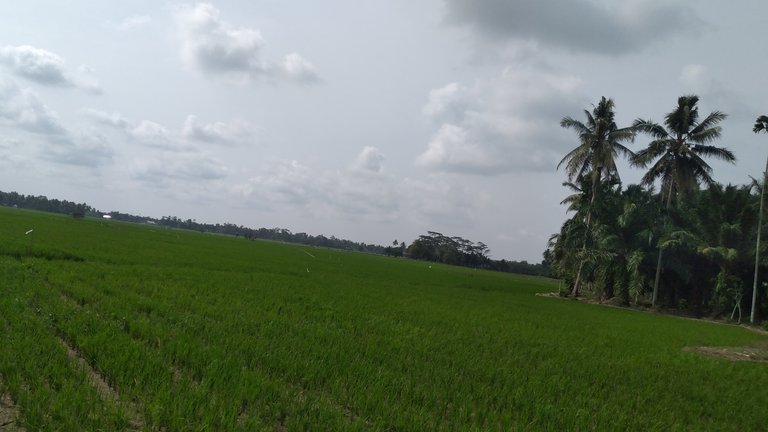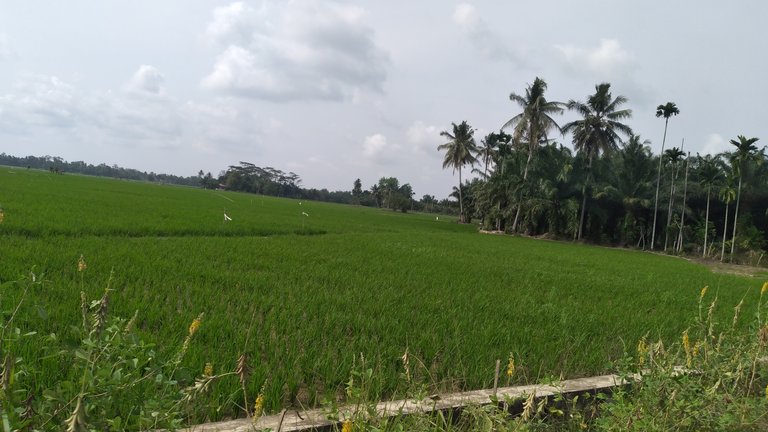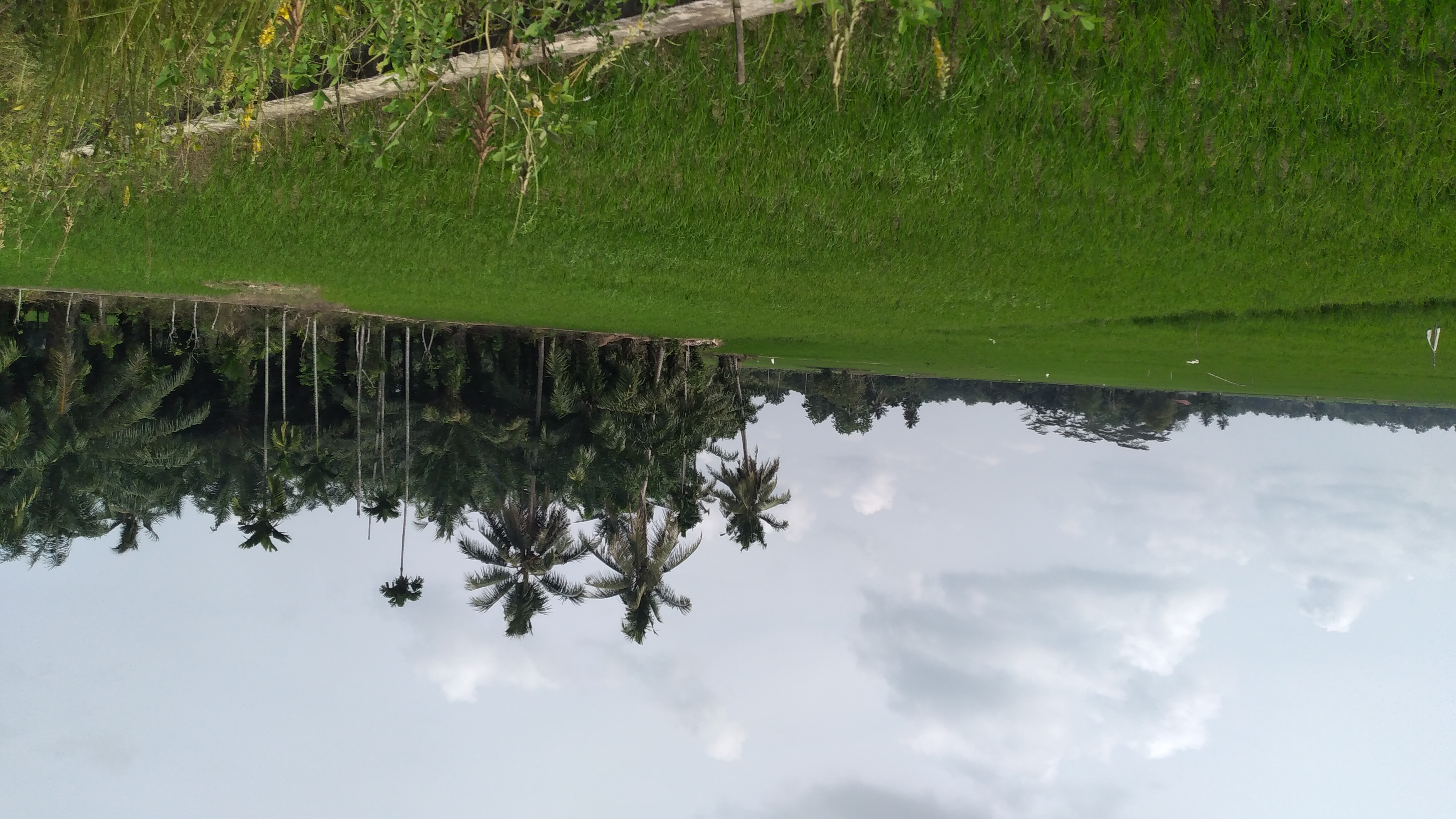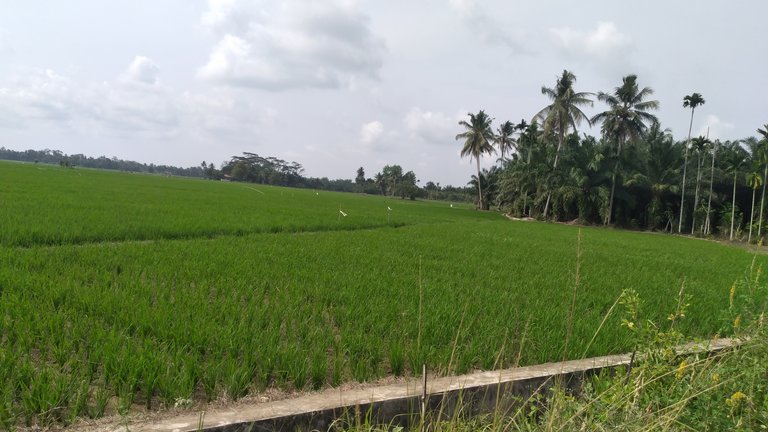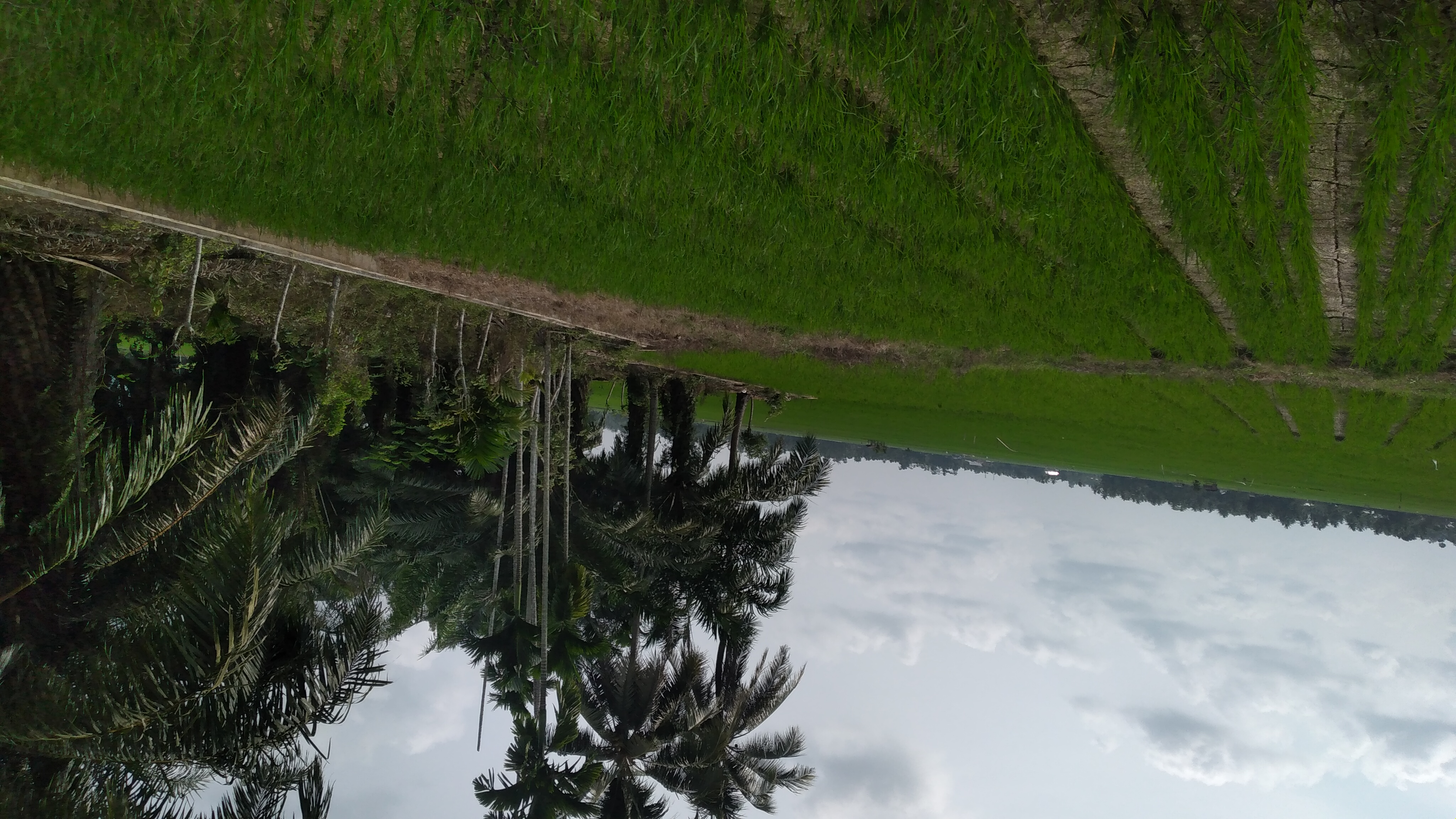
When other business sectors were staggered by the impact of the pandemic, it turns out that the world of agriculture has proven to be resilient and continues to exist. One of them is rice planting service workers. Now this business is increasingly promising and is needed by farmers who are starting to abandon the conventional rice planting model and switch to the dam model.
This fact was felt by Agus, a resident of Polodadi, Karanganom, Klaten. This 20 year old young man chose to leave work in a factory to pursue his profession as a rice planter, even though he was involved in mud, which was important if it was halal.
“I started this business 5 years ago. I used to work in manufacturing. A day as a group, we can plant one or two stakes of rice. "Even if it's dirty, the important thing is that it's halal," explained Agus during a chat with the Communication and Information Service News Team that morning in the rice fields on the edge of Belang Wetan Village, North Klaten, Klaten.
Agus, who is blessed with one child and one wife, admitted that he set a rate of 550 thousand to 600 thousand per stake. The price includes the seeds. So farmers don't need to bother making seeds.
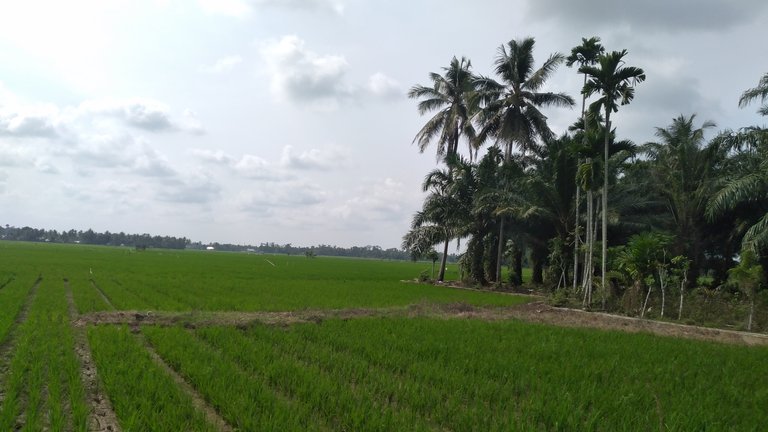
One rice field stake can be completed by three people. "Farmers don't bother preparing rice seeds, because the payment is already calculated with the seeds," explained Agus.
Agus chose to plant rice in a dam model. The reason is that this model can be completed more quickly. Apart from the way forward, the planting point has been determined with tools. So the rice fields are made into small plots like children's play dams in the past. Ponimin said this system is also in accordance with government recommendations using the jajar legowo model.
